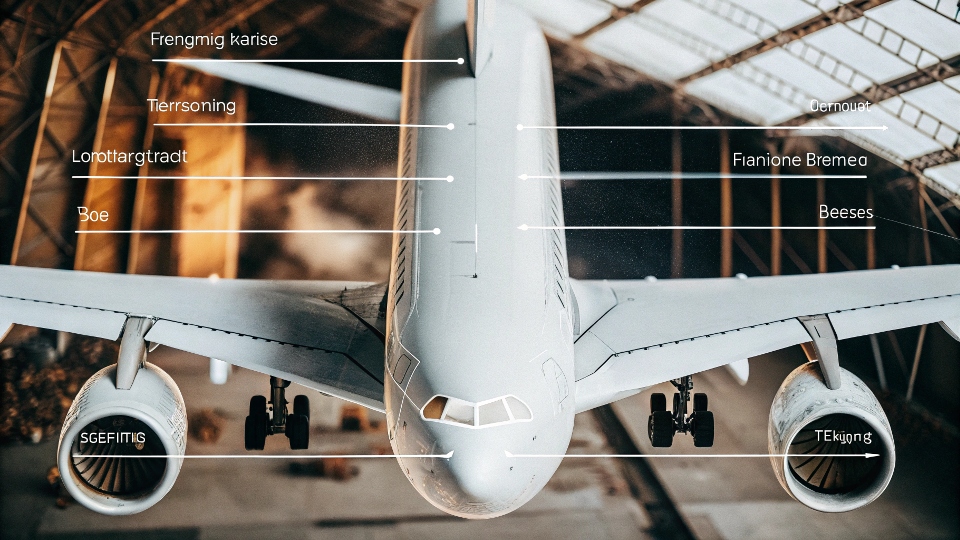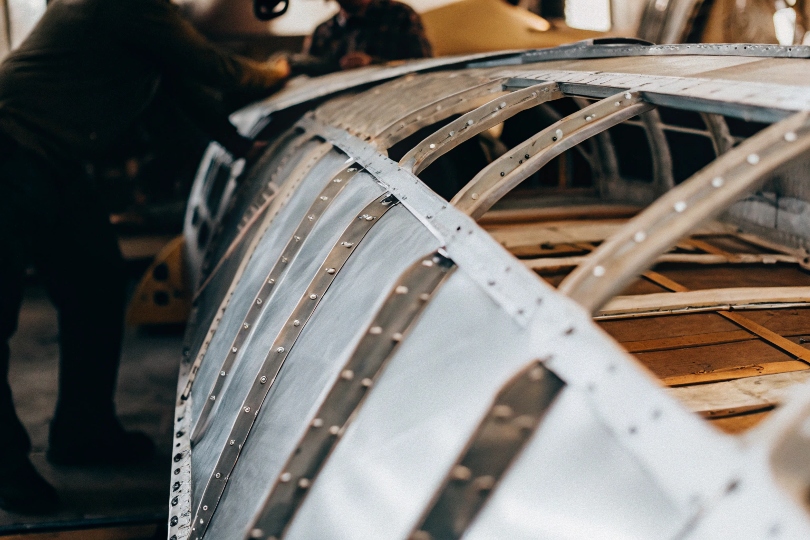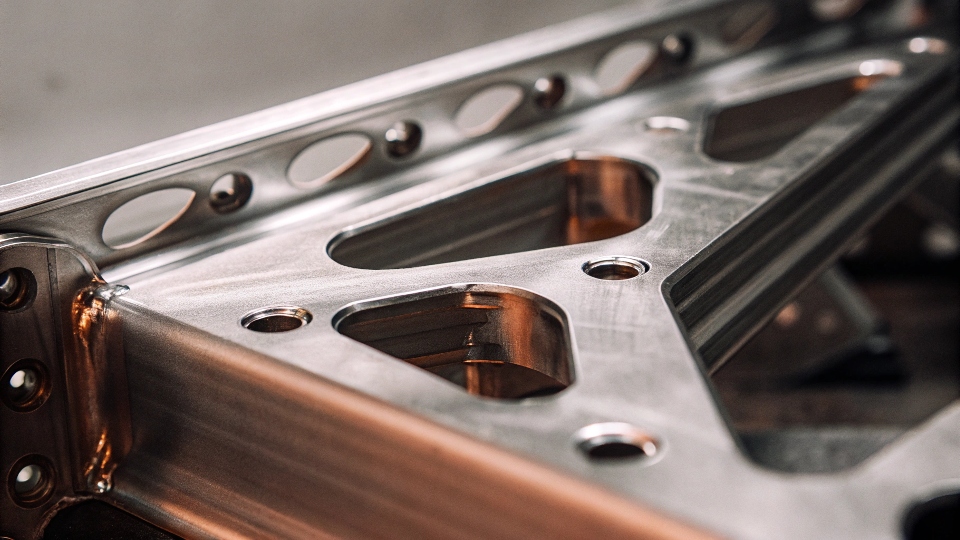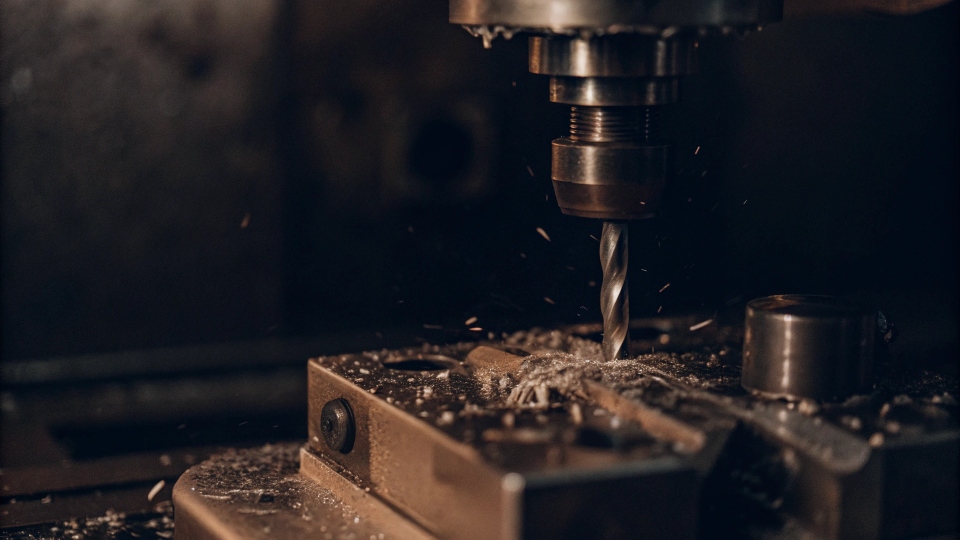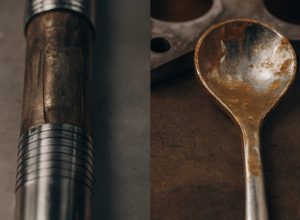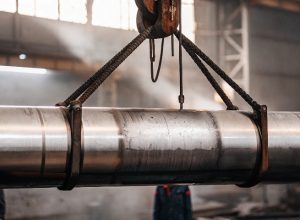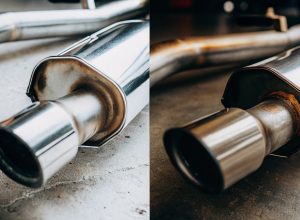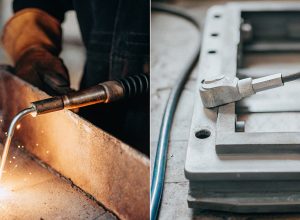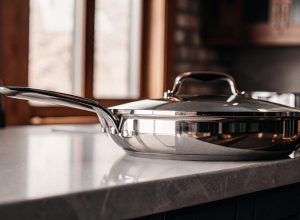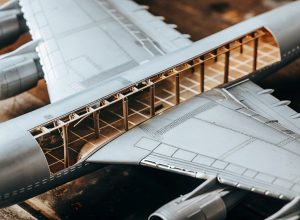Struggling to find lightweight yet strong materials for aerospace parts? The wrong choice risks safety and inflates costs. Titanium plates and sheets provide the ideal solution for modern aircraft.
Titanium plates and sheets are essential in aerospace because of their high strength-to-weight ratio, excellent corrosion resistance, and ability to withstand extreme temperatures. This improves fuel efficiency1, enhances structural integrity2, and reduces long-term maintenance costs for aircraft components like airframes, engines, and landing gear.
I’ve worked with product managers like Lisa for years, and the questions about titanium’s role always come up. It’s not just about one single property; it’s about how a combination of benefits makes it irreplaceable. Understanding where and why it’s used is the first step to making smart material choices. Let’s break down exactly how this remarkable metal serves the industry.
How Is Titanium Actually Used in the Aerospace Industry?
Wondering where titanium fits into an aircraft? It’s more than just a buzzword. Knowing its specific roles in engines and structures helps you understand its true value.
Titanium is mainly used in aerospace for critical structural parts like fuselage and wing components, high-temperature engine parts including fan blades and discs, and essential landing gear systems. Its strength and heat resistance are vital for performance and safety in these demanding areas of an aircraft.
In my experience at our plant, we primarily supply Grade 5 (Ti-6Al-4V) alloy for aerospace clients. It’s the industry’s workhorse for a reason. Its balance of strength, low weight, and heat resistance is unmatched. For example, we’ve produced large forgings for fuselage structures that form the backbone of the aircraft. These parts must withstand immense stress during flight. We also supply material for engine components, where temperatures can soar. Titanium doesn’t fatigue or corrode like other metals in that environment. I remember a project with a European client for landing gear components. They needed a material that could absorb massive impact forces without adding excess weight. Titanium was the only logical choice. Here’s a simple breakdown of common uses.
| Aircraft Component | Common Titanium Grade | Primary Benefit |
|---|---|---|
| Engine Fan Blades & Discs | Grade 5 (Ti-6Al-4V) | High-temperature strength, fatigue resistance |
| Airframe / Fuselage | Grade 5, Grade 2 | High strength-to-weight ratio, durability |
| Landing Gear | Grade 5 | High strength, impact toughness |
| Fasteners (Nuts, Bolts) | Grade 5 | Lightweight strength, corrosion resistance |
This structure gives a clear picture of why engineers choose it for such different but critical roles.
What Are the Main Applications of Sheet Metal in the Aerospace Industry?
Think aerospace metals are all thick, heavy parts? Misunderstanding the role of sheet metal can limit your design options. It’s essential for aircraft skin, brackets, and internal systems.
In aerospace, sheet metal is primarily used for the aircraft’s skin (fuselage and wings), ribs, and stringers that form the internal structure. It is also used for manufacturing brackets, clips, and enclosures for various systems, providing structural support while keeping weight to a minimum.
While aluminum is the most common sheet metal for aircraft skin due to its low cost and weight, titanium sheets play a crucial, specialized role. We often get requests for titanium sheets in areas where aluminum just can’t perform. For instance, we produced a batch of Grade 5 titanium sheets for a North American client to use as firewalls between the engine and the fuselage. The material’s high melting point is a critical safety feature there. Another key application is for heat shields around the engines and auxiliary power units (APUs). These thin sheets protect sensitive components from extreme heat. We also see it used for complex ducting and tubing in hydraulic systems, where its corrosion resistance prevents system failures. The key is to use it strategically where its benefits justify the cost. This creates a hybrid structure that is both light and incredibly durable. It’s not about making the entire plane from titanium sheets, but about using them where they matter most.
So, What Are Titanium Sheets Specifically Used For?
Beyond firewalls and heat shields, what are other key uses for titanium sheets? Limiting its application can mean missing out on significant performance gains in less obvious areas.
Titanium sheets are used for critical aerospace components like heat exchangers, hydraulic system tubing, exhaust ducting, and complex structural brackets. Their unique combination of light weight, high strength, and superior corrosion resistance allows them to extend service life and reduce maintenance in these vital systems.
I worked closely with Lisa’s company when they needed materials for new heat exchangers. They were using a stainless steel alloy but had issues with corrosion and weight. We recommended switching to Grade 2 titanium sheets. This grade isn’t as strong as Grade 5, but its corrosion resistance is incredible, and it’s easier to form. The switch significantly extended the service life of their units and reduced weight. This is a common story. Engineers use different grades of titanium sheet for very specific jobs. It’s not a one-size-fits-all material. This strategic selection is key to optimizing both performance and cost across the aircraft.
Differentiating Titanium Sheet Applications
| Application Area | Most Suitable Grade(s) | Key Reason for Use |
|---|---|---|
| Heat Exchangers | Grade 2, Grade 12 | Superior corrosion resistance, good formability |
| Structural Brackets | Grade 5 (Ti-6Al-4V) | Highest strength-to-weight ratio for load-bearing |
| Firewalls/Heat Shields | Grade 2, Grade 5 | High melting point, thermal stability |
| Hydraulic System Tubing | Grade 2, Grade 9 | Excellent corrosion resistance, pressure tolerance |
This approach ensures the material properties directly match the component’s demands, maximizing efficiency.
What Are the Disadvantages of Using Titanium in Aerospace?
Is titanium the perfect aerospace material? Ignoring its drawbacks can lead to surprising costs and manufacturing headaches. Acknowledging its challenges is the first step to managing them effectively.
The main disadvantages of titanium in aerospace are its high raw material cost compared to aluminum or steel, and its difficulty in machining. It requires specialized tools, coolants, and slower cutting speeds, which increases manufacturing time and overall production costs for finished components.
The high cost of titanium starts at the very beginning. The Kroll process3 used to extract it from ore is complex and energy-intensive. This makes the raw material inherently more expensive than steel or aluminum. This is a reality we can’t ignore. The second major hurdle is machining. Titanium has low thermal conductivity, meaning heat doesn’t dissipate away from the cutting tool. This can ruin expensive tools quickly. It also has a tendency to gall, or smear, onto the cutting tool. This is why many machine shops add a significant premium for titanium parts. At our facility, we tackle this head-on. Having our own in-house smelting plant helps us control raw material costs and quality from the start. Furthermore, our engineers have spent years optimizing machining techniques. We use specific tooling, rigid machine setups, and precise coolant application to cut titanium efficiently. This experience helps our clients manage the final component cost, making titanium a more viable option.
Conclusion
Titanium’s strength, light weight, and heat resistance make it vital for aerospace. While costly and difficult to machine, its performance benefits in critical applications are simply irreplaceable for modern aircraft.


